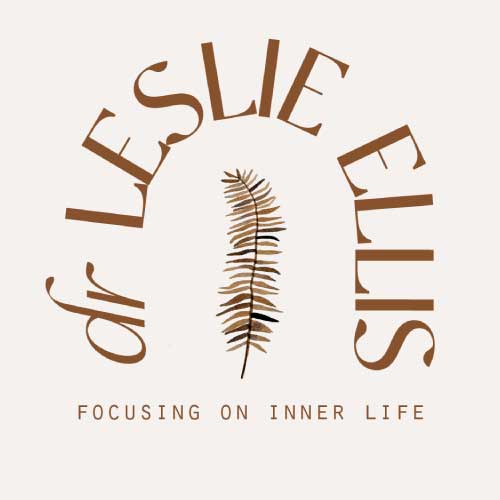A group of dream researchers I met with this past month are focused on using technology and engineering to tackle big questions about dreams. February’s session was focused on improving treatment for nightmares. Consistent themes were: adding sensory triggers during dreaming to augment existing treatments; and the clear need for effective nightmare treatments to be implemented more widely.
Presenter Westley Youngren noted that current methods have variable effectiveness. The main nightmare prescription medication, Prasozin, did no better than placebo in a recent study. Imagery rescripting methods, the main psychptherapeutic intervention, have also shown varying levels of efficacy. “There’s room for improvement, so there’s room to take new and cutting edge science coming from the sleep and dreaming world and use this to improve upon current treatment options,” said Youngren.
As a starting point, Youngren is studying dream efficacy – which is the ability to have an impact on the content of your dreams. In particular, he is interested in how various dream intervention devices that you wear to track and send signals during sleep, can impact dream efficacy. Ultimately this information can lead to developing the best approach to change the course of nightmares from right inside the dream.
The Dream Engineering series is led by Dr. Michelle Carr, recently appointed assistant research professor at the University of Montreal and the Center for Advanced Research in Sleep Medicine. She plans to continue building this enthusiastic collaborative group focused on dream engineering. Her research interests are in dream function, how dreams impact waking life, and how these functions can be disrupted by nightmares. For example, she has researched ‘targeted lucidity’ using light and sound cues to trigger waking dream awareness, which can be used to treat nightmares.
Suicide researcher Dr. Michael Nadorff spoke about the alarming link between nightmares and suicide. He quoted an important study by Sjostrom and colleagues (2009) that found a 400% increase in suicide risk for those with frequent nightmares. The study followed 165 inpatients hospitalized for suicide attempt for two years, and found that persistent nightmare predicted suicide even after controlling for depression, anxiety, posttraumatic stress disorder and substance use. Nadorff’s own research supports this finding of nightmares as a independent risk factor for suicide, and he suggests more can be done about this:
“Time and time again in the literature, we’re seeing something unique about nightmares and suicide. We know that the strongest predictor of suicide is a past suicide attempt. So we did a study that looked at individuals who had one attempt in the past versus multiple suicide attempts to see what factors differentiate those groups. What was interesting is a lot of the main risk factors you know of did not significantly predict multiple attempts: not depression, anxiety or PTSD. Nightmares were the only factor in our study that actually differentiated repeat risk, and it was both current symptoms and chronicity independently. There’s something about having nightmares that puts you at greater risk of future suicide attempts. So there’s tremendous clinical need for these interventions.”
Lampros Perogamvros presented his research into using targeted memory activation (TMR) to increase the effectiveness of imagery rehearsal therapy (IRT) for nightmares. During the ‘rescripting’ phase of IRT, the new dream ending was paired with the sound of a piano chord, and this same sound was played during REM sleep. Of the 36 participants, half received the TMR/sound treatment. All participants reported fewer nightmares, but those who used the sound protocol had more positive dreams as well as significantly fewer nightmares than the control group. The mechanism did not seem to reduce fear within the dreams, but rather, to increase dreams with a positive valence. This unexpected result nevertheless shows that there are effective ways to augment existing nightmare therapies. There will surely be more to come from this engaged group of dream engineers.

